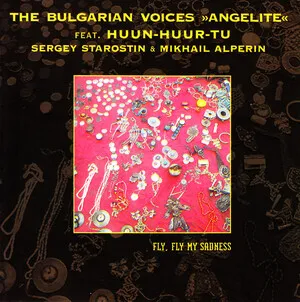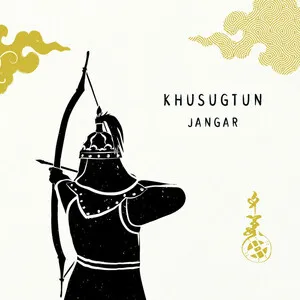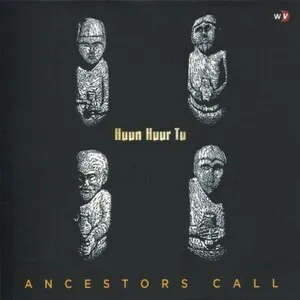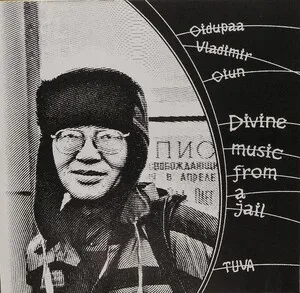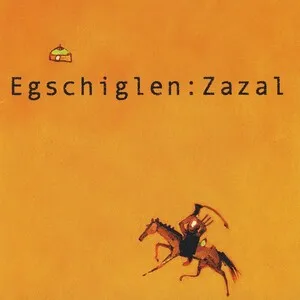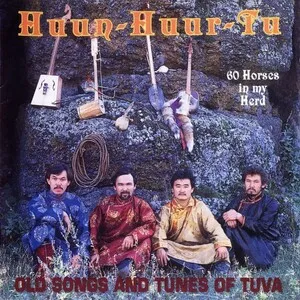Turkic–Mongolic music is an umbrella for the traditional and neo-traditional sounds of Turkic peoples (e.g., Kazakh, Kyrgyz, Tuvan, Uyghur, Uzbek, Azeri, Turkish) and Mongolic peoples (e.g., Mongol, Buryat, Kalmyk) across the Eurasian steppe.
It is marked by pentatonic-centered melodies; overtone (throat) singing and long-song traditions; epic bardic recitation; and a distinct nomadic timbre created by horsehair fiddles, lutes, and jaw harps. Signature instruments include morin khuur (horse-head fiddle), igil/kobyz (bowed lutes), tovshuur/dombra/komuz (plucked lutes), temir komuz (jaw harp), dutar, and frame drums (dap). Vocal techniques range from khoomei/sygyt/kargyraa overtone styles to the expansive Mongolian urtiin duu.
Historically shamanic and animist practices, later layered with Buddhist and Islamic aesthetics, shaped modal thinking and form. The music spans intimate pastoral songs and epic cycles (e.g., Manas, Jangar), to structured suites such as Uyghur Muqam, creating a continuum from free, drone-rich chant to metric, danceable rhythms.
Turkic–Mongolic music descends from nomadic steppe cultures whose sound world was shaped by horses, wind, and wide-open landscapes. Pre-Islamic shamanic rites and animist cosmology fostered drone-based singing, trance-oriented percussion, and jaw-harp timbres. Bardic traditions carried geneaologies and law in epic verse, establishing the importance of itinerant poet-musicians.
The 13th-century Mongol Empire knitted together Turkic and Mongolic polities and trade routes. Musicians, instruments, and forms circulated widely, accelerating the convergence of bowed lutes (kobyz/igil/morin khuur), plucked lutes (dombra/komuz/tovshuur), and epic recitation styles. This period cemented both overtone singing and long-song aesthetics as emblematic of the macro-region.
Across Central Asia, Turkic courts patronized classical systems infused by Persianate and maqāmic theory. Uyghur Muqam and Central Asian shashmaqam codified cyclical suites and modal practice, introducing sophisticated rhythmic cycles (usul) and ornamentation, while pastoral and epic song survived beyond courts and caravan towns.
Russian/Qing expansion and later Soviet cultural policy professionalized ensembles and standardized instruments (e.g., conservatory morin khuur). While folklore troupes preserved repertories, state aesthetics sometimes simplified regional nuance. Field recordings and ethnomusicology began documenting throat singing, long-song, epic cycles, and instrument lineages.
After the Cold War, ensembles like Huun-Huur-Tu and Alash toured internationally, catalyzing global interest in khoomei and steppe timbres. Contemporary acts fused tradition with rock/metal and electronics, while community initiatives revitalized epic performance, instrument making, and pedagogy. Today, the tradition thrives both as living heritage and as a vital source for world fusion.


